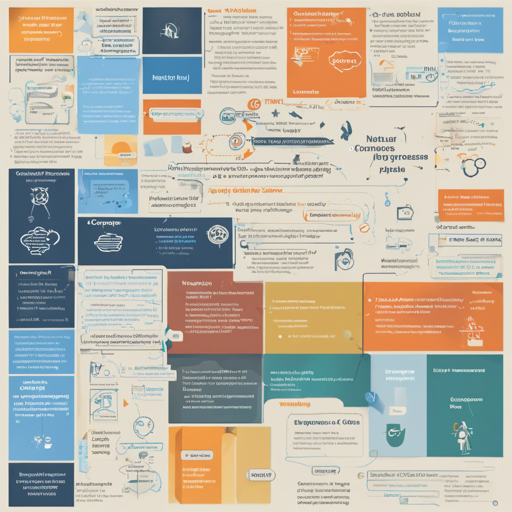Natural Language Processing (NLP) has been revolutionizing the way machines understand human language. One powerful tool in this area is the CoreNLP library, developed by Stanford. In this guide, we will explore how to utilize the CoreNLP library to derive various linguistic annotations from text, allowing you to employ its functionalities effectively in your Java projects.
What is CoreNLP?
CoreNLP is a comprehensive suite for processing natural language text. It provides a wide range of features including:
- Token and sentence boundaries
- Parts of speech tagging
- Named entity recognition
- Identification of numeric and time values
- Dependency and constituency parsing
- Coreference resolution
- Sentiment analysis
- Quote attribution
- Relation extraction
Setting Up CoreNLP
To get started with CoreNLP, you need to download the library and set it up in your Java project. Here’s how:
- Download CoreNLP from the official website.
- Include the CoreNLP JAR files in your project’s build path.
- Use the following code to load the CoreNLP models:
- In the code, we set up a pipeline that includes different annotators for various NLP tasks.
import edu.stanford.nlp.pipeline.*;
public class CoreNLPExample {
public static void main(String[] args) {
// Set up the pipeline properties
Properties props = new Properties();
props.setProperty("annotators", "tokenize,ssplit,pos,lemma,ner,dependency,coref,sentiment");
props.setProperty("outputFormat", "json");
// Create the pipeline
StanfordCoreNLP pipeline = new StanfordCoreNLP(props);
}
}
Understanding the CoreNLP Code Like a Chef in a Kitchen
Imagine you’re a chef preparing a multi-course meal. Each step in your cooking represents a different annotator in the CoreNLP pipeline:
- **Tokenization** is like chopping ingredients into manageable pieces.
- **Sentence splitting** serves as preparing the courses separately, ensuring everything is neatly organized.
- **Part of speech tagging** is akin to seasoning each dish to enhance flavor.
- **Named entity recognition** identifies key components, much like selecting the main ingredients for each course.
- **Dependency parsing** connects the various elements of the dish, ensuring they work well together.
- **Sentiment analysis** is the final taste test to judge if the meal meets your standards before serving.
Troubleshooting Common Issues
Working with libraries can sometimes lead to hiccups. If you run into issues, consider the following troubleshooting ideas:
- Ensure your Java environment is correctly set up and matches the CoreNLP library’s requirements.
- Double-check the paths to the CoreNLP models and ensure they are correctly specified.
- If you encounter errors related to dependencies, make sure you have all necessary JAR files included in your build path.
- For more insights, updates, or to collaborate on AI development projects, stay connected with fxis.ai.
Conclusion
CoreNLP is a robust solution for various NLP tasks in Java, making it an essential tool for developers delving into natural language processing. By following this guide, you’ll be well on your way to leveraging this powerful library for your language analysis needs.
At fxis.ai, we believe that such advancements are crucial for the future of AI, as they enable more comprehensive and effective solutions. Our team is continually exploring new methodologies to push the envelope in artificial intelligence, ensuring that our clients benefit from the latest technological innovations.

